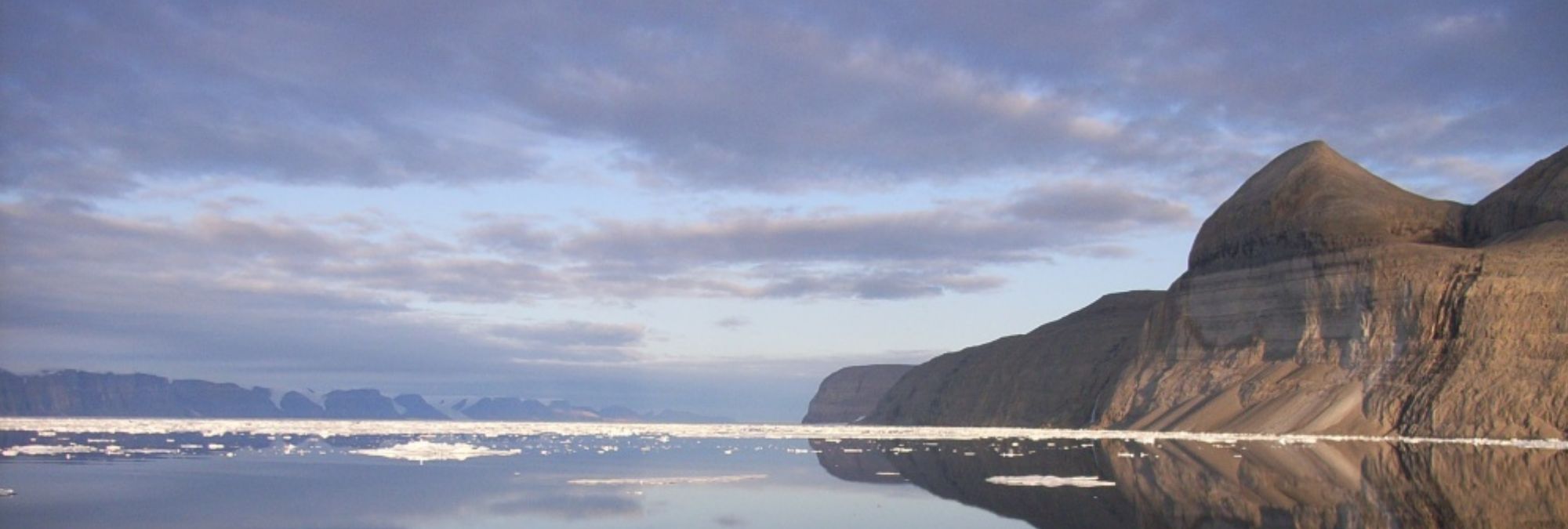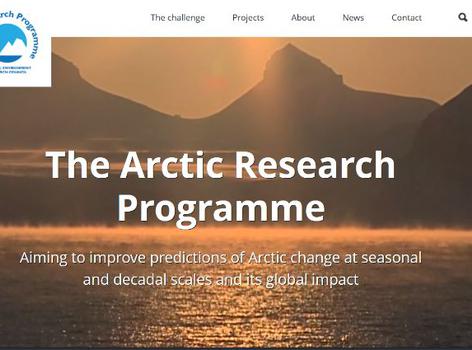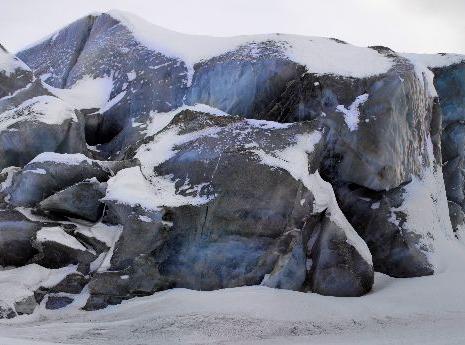Canadian Archipelago Oceanography
The Canadian Arctic Archipelago (CAA, defined here to include Nares Strait which borders Greenland) is a key gateway that links the Arctic Ocean to the Atlantic.
Changes in the circulation of freshened seawater and ice through its channels have the potential to significantly affect the distribution of sea-ice in the Arctic and the strength of ocean circulation in the Atlantic, and hence influence both regional and global climate. Yet the ocean circulation in this region is poorly modelled, monitored and understood.
Canadian Archipelago Oceanography
Understanding physical ocean and sea-ice processes in the Canadian Arctic Archipelago, with the goal of improving monitoring efforts and our ability to predict future change.
Narsarsuaq, Greenland
View our interactive mapThis project will use idealized experiments carried out with a regional, high-resolution coupled ocean-sea-ice computer model to determine the dynamics that govern the flow through the archipelago. The processes by and timescales on which this flow adjusts to change in atmospheric forcing will also be identified. There will be a particular focus on Nares Strait, one of the three major channels, a key exporter of multi-year ice from the Arctic, and the subject of a recent intensive observational campaign. The results will allow us to make more confident estimates of the total freshwater flux currently exported through the Canadian Arctic Archipelago, and better founded predictions of future change.
The inability of global climate models to represent the important dynamical processes that occur in the high-latitude ocean poses a serious problem for predictions of climate change. Determination of the underlying physical mechanisms and sensitivities is a crucial step towards understanding how these flows might be better represented.

Dr Helen Johnson, Lead Investigator
Dr Helen Johnson's research is focused on understanding ocean circulation and the role it plays in climate.
In particular, She is interested in the Atlantic thermohaline circulation, its variability and its connection to the polar oceans. She tries to use the full range of tools available to physical oceanographers, applying theoretical ideas, simple and state-of-the-art computer models, and analysis of observational data to a wide range of ocean dynamics problems.
She is part of the exciting new Oxford Physical Oceanography group, a joint initiative between Earth Sciences and Atmosphere, Ocean and Planetary Physics. They are always interested in hearing from individuals with a strong background in Physics or Mathematics who may wish to join them as Research Fellows, Postdoctoral Researchers or Graduate Students. She is a Fellow of St. Cross College. A diary of her recent fieldwork in the Arctic can be found here.





